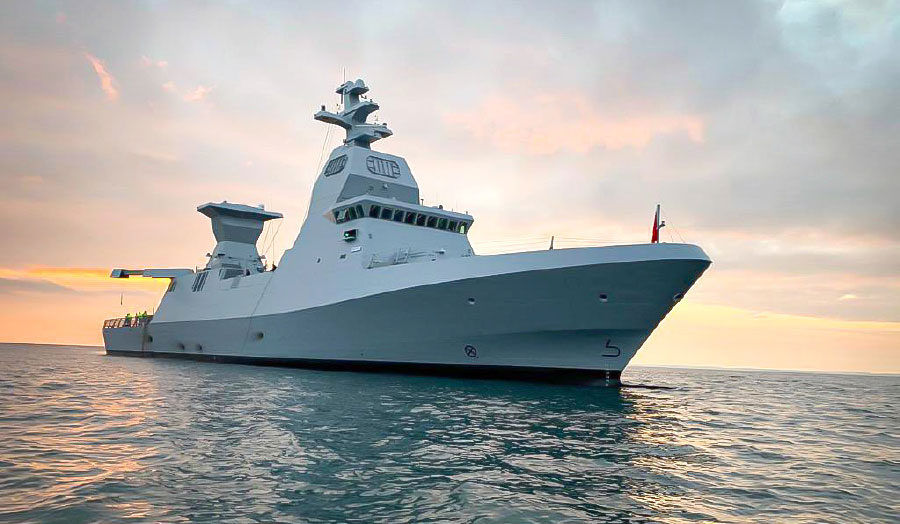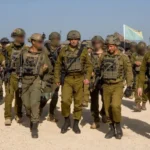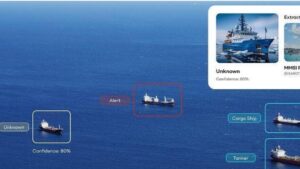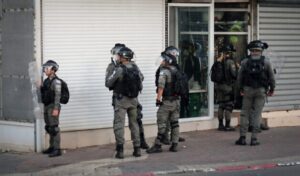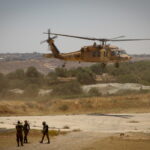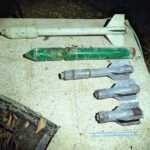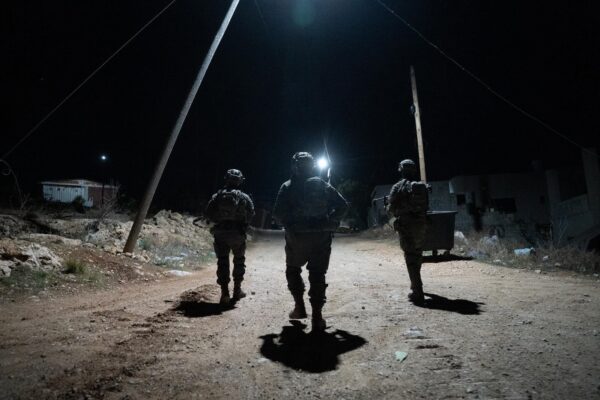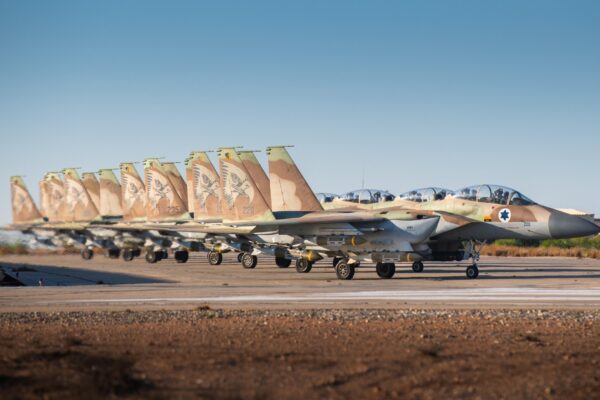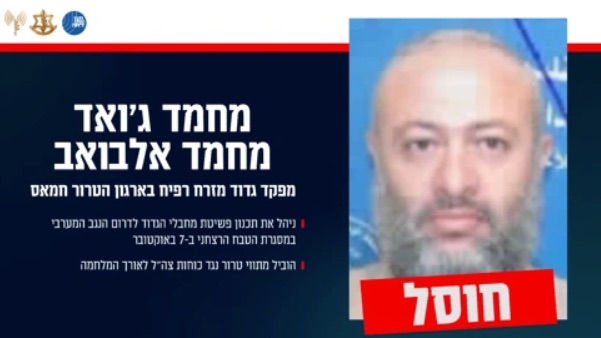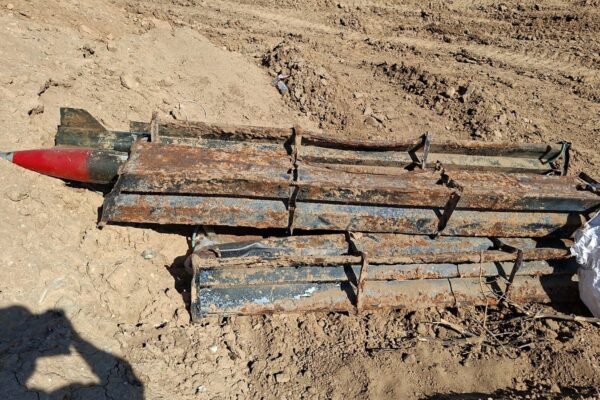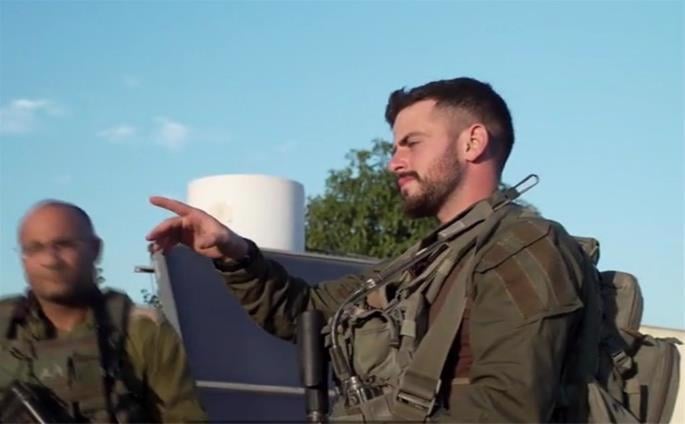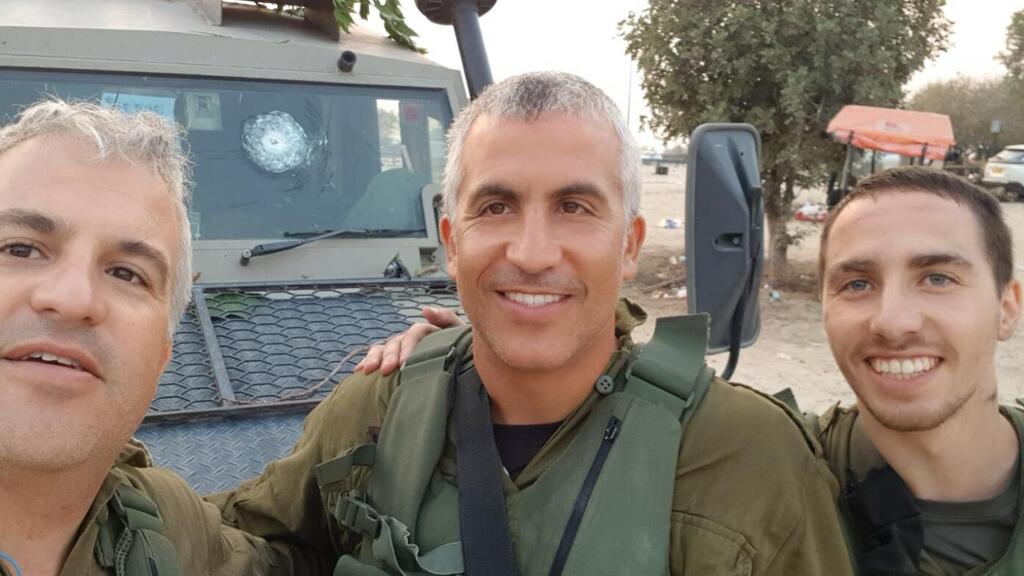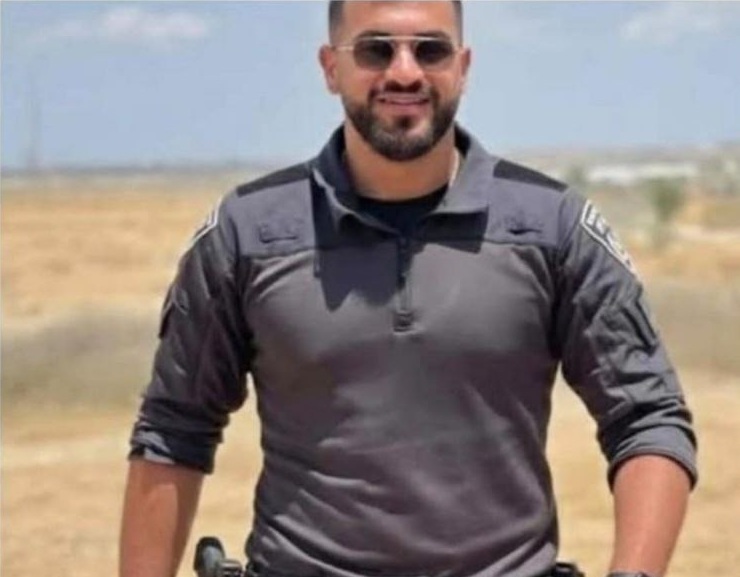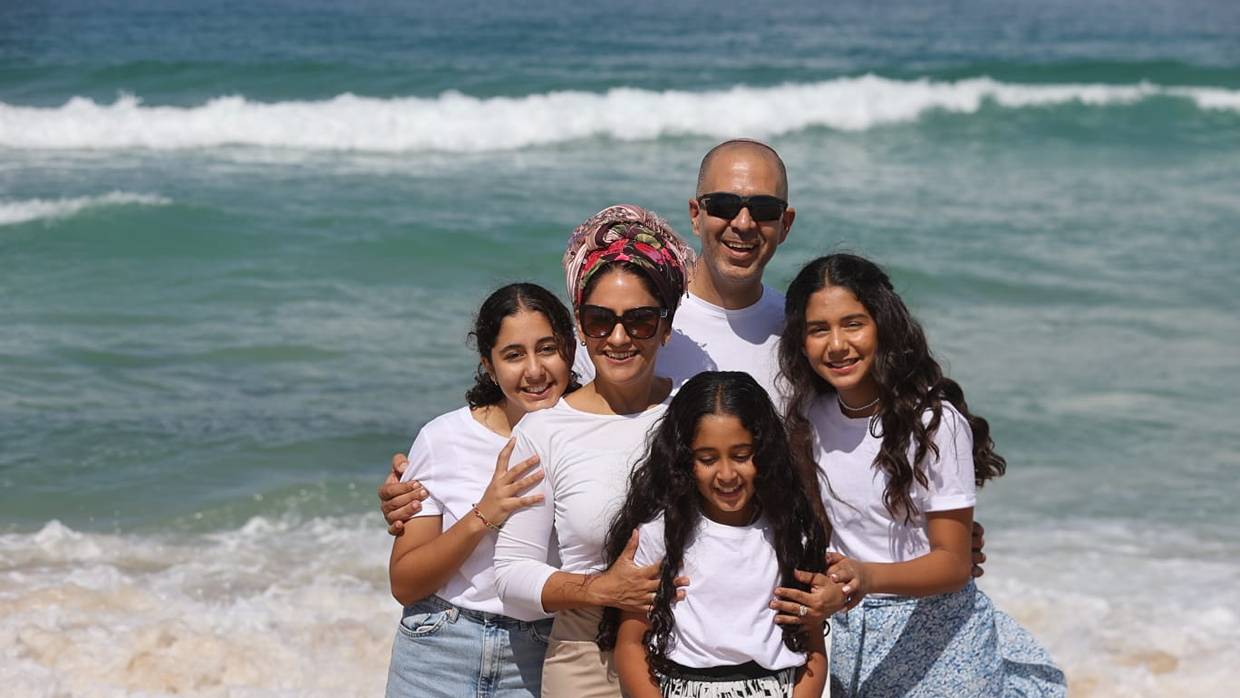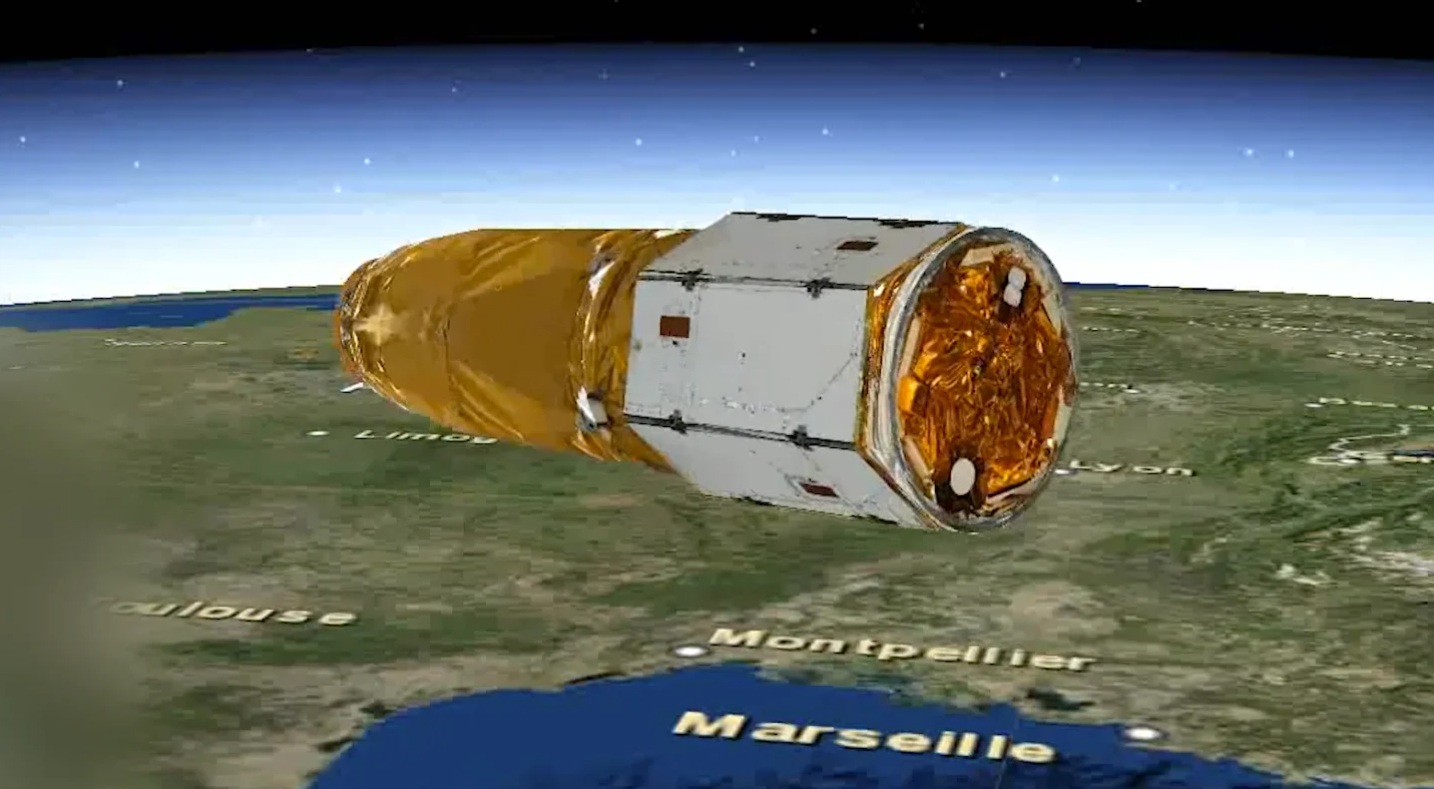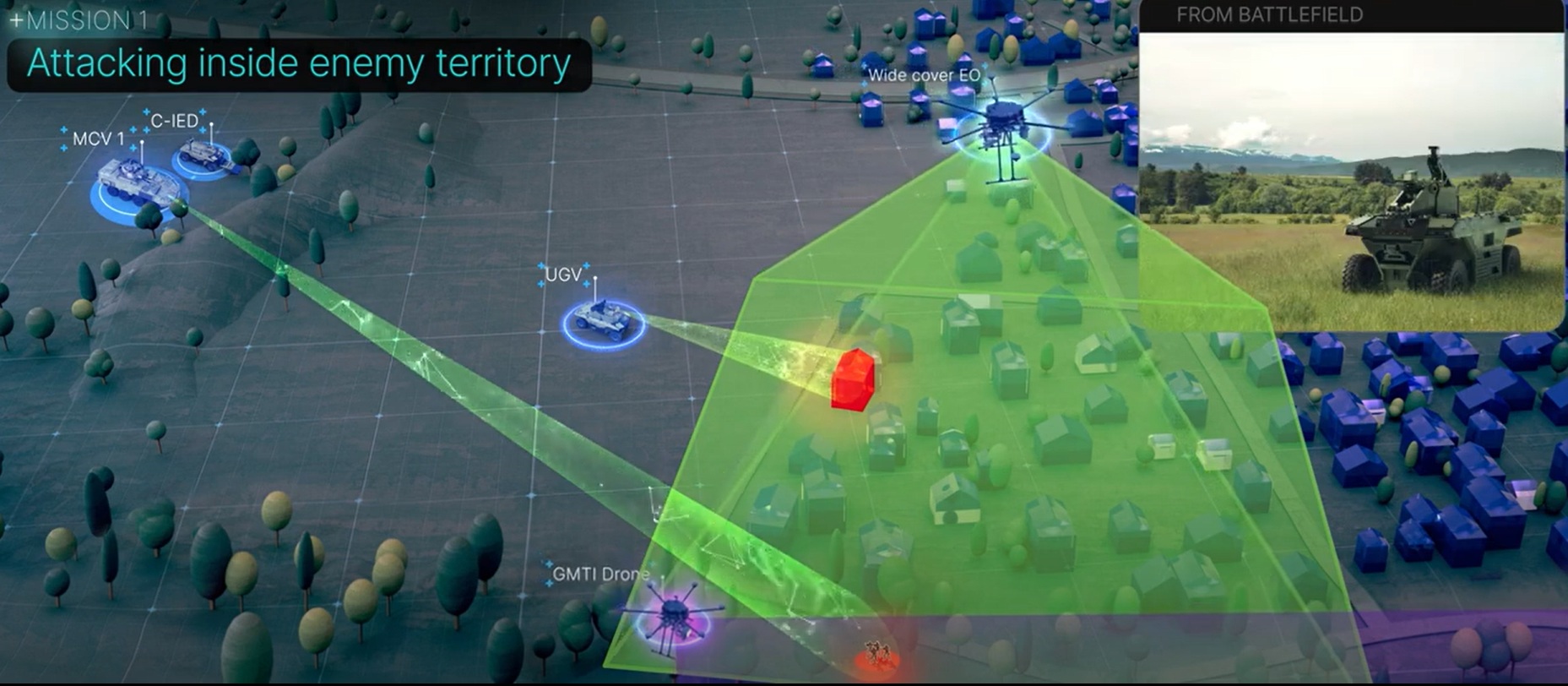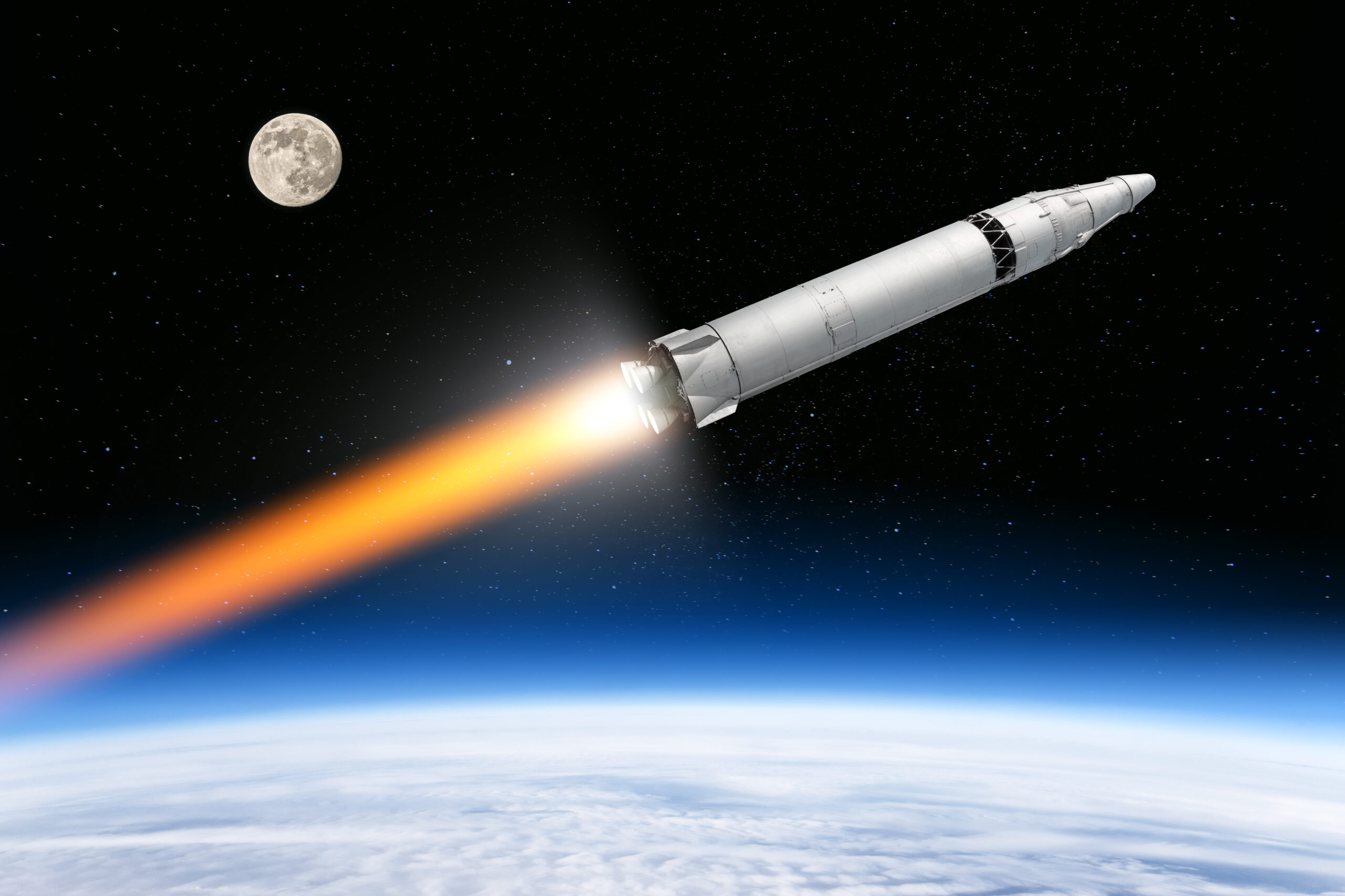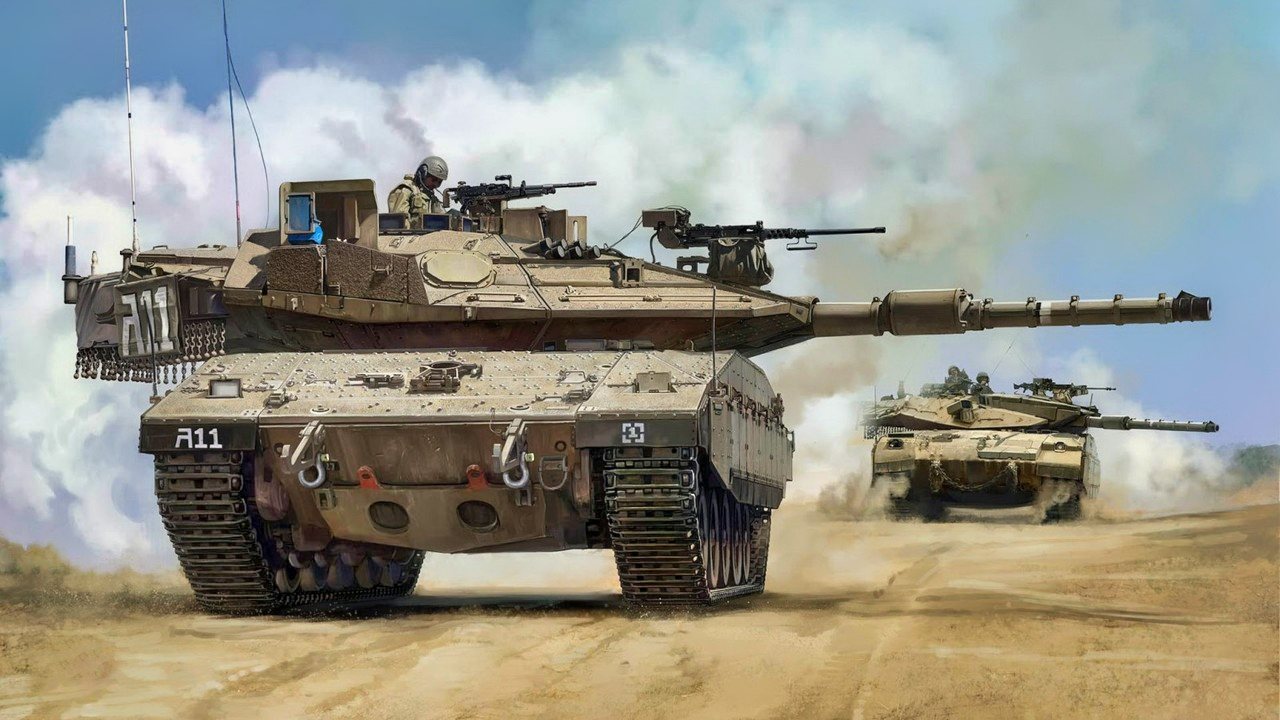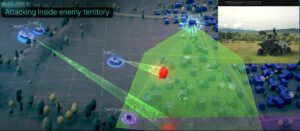For the first time ever, European naval ships are escorting the flotilla.
By Hezy Laing
The Global Sumud Flotilla, currently en route to Gaza, is the largest and most complex maritime challenge to Israel’s naval blockade since the infamous Mavi Marmara incident in 2010.
Launched from Barcelona on September 1, 2025, the flotilla now consists of over 50 vessels from 46 countries, carrying approximately 350 activists, including high-profile figures like Greta Thunberg, European parliamentarians, doctors, clergy, and military veterans.
It has been discovered that the flotilla has direct and documented links to Hamas, according to multiple intelligence reports and statements from Israeli officials.
For example, flotilla organizer, Muhammad Nadir al-Nuri, a Malaysian activist and founder of Cinta Gaza Malaysia (CGM), has funded multiple Hamas-controlled initiatives in Gaza.
The Israeli Navy is preparing a robust maritime strategy to intercept and neutralize any future flotillas attempting to breach the naval blockade of Gaza.
In response to renewed calls for international convoys aimed at challenging Israel’s control of Gaza’s coastline, the IDF has outlined a multi-tiered plan that includes confiscating vessels, detaining crews, and, if necessary, sinking ships that pose a threat to national security.
According to senior naval officials, the plan is designed to prevent unauthorized maritime access to Gaza, particularly by ships carrying weapons, dual-use materials, or political activists seeking to provoke confrontation.
The strategy builds on lessons learned from previous flotilla incidents, including the 2010 Mavi Marmara raid, and incorporates updated rules of engagement, electronic surveillance, and rapid interdiction capabilities.
The IDF’s Shayetet 13 naval commando unit, along with the Israeli Navy’s missile boat squadrons, will be tasked with intercepting vessels well before they reach Gaza’s territorial waters.
Ships identified as hostile or non-compliant may be boarded, redirected to Ashdod Port, or forcibly disabled.
In extreme cases, the IDF has authorized the use of live fire to sink vessels that refuse to halt and are deemed to be carrying dangerous cargo or personnel.
For the first time, European naval ships, including Spain’s Furor (P-46) and Italy’s Fasan (F-591), are shadowing the flotilla.
Though officially tasked with humanitarian support and sea rescue, their presence complicates Israel’s interception strategy and raises the risk of international confrontation.
The Israeli Navy has also expanded its radar and drone surveillance grid across the eastern Mediterranean, enabling early detection of flotilla movements from Cyprus, Turkey, or other launch points.
Intelligence coordination with the Mossad and Shin Bet will help identify organizers and assess the threat level of each convoy.
Legal backing for these operations comes from the San Remo Manual on International Law Applicable to Armed Conflicts at Sea, which permits blockade enforcement under certain conditions.
Israel maintains that the blockade is a lawful measure to prevent Hamas from acquiring weapons and that any attempt to breach it constitutes a hostile act.
In recent months, pro-Palestinian groups in Europe and North Africa have announced plans for new flotillas, some timed to coincide with international diplomatic events.
Israeli officials have warned that any such attempts will be met with “firm and decisive action,” including the confiscation of vessels, arrest of participants, and destruction of maritime threats if necessary.
The IDF’s updated maritime doctrine reflects a broader shift toward preemptive deterrence, aiming to prevent symbolic provocations from escalating into strategic vulnerabilities.


